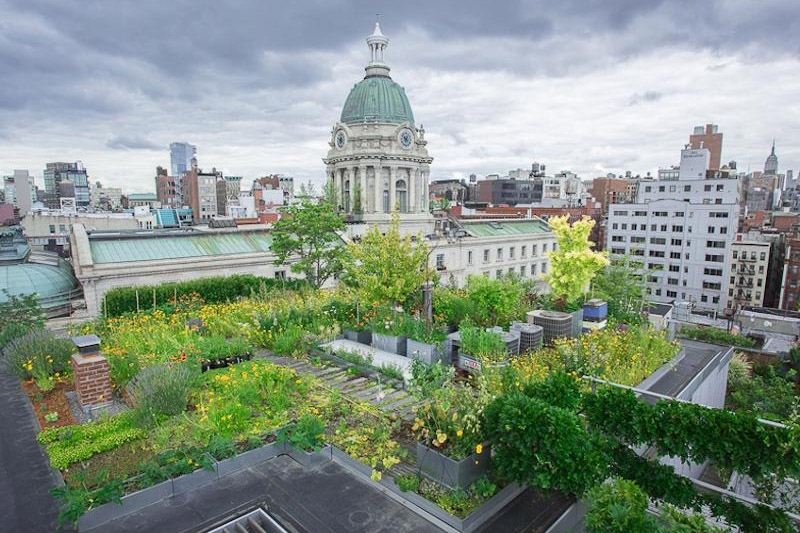The Problem
Urban green infrastructure (UGI), such as trees, rain gardens, and bioswales, stands apart from “gray infrastructure,” like gutters, pipes, and tunnels, by absorbing and filtering stormwater naturally and providing multiple co-benefits to communities.
Strategic implementation of UGI contributes to flood prevention, water treatment, and cooler surface temperatures during the hottest times of year. In Indiana, communities that want to expand their UGI and maximize its benefits require a comprehensive picture of existing social, built, and natural capital assets.



